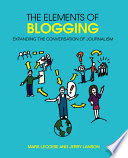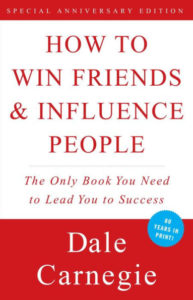Business Blogging 2.0

“Your Best Staycation May Be in Your Own Back Yard” is the theme of the latest issue of Travel Indiana magazine“. “Statistics show that one-third of Americans visit coastal areas each year, confirming our strong draw to the water and the activities surrounding it. But if you think you have to travel outside of Indiana to get your fix – think again.”
You don’t have to go far outside your own company or practice to get material for your business blog, either. A number of years ago, I remember, I introduced companies who had made the list of Forrester’s Top 15 Corporate Blogs. One pick that caught my attention was Accenture, whose blog was chosen because their writers tap the company’s own employees for insights about technology, hiring, and consulting. The concept, I realize is that of a “staycation”; you don’t need to travel far afield to get your writing idea fix for blog posts. Important to note is that, even if it’s not practical for your employees or associates to actually write blog posts (and, of course, for the majority of my Say It For You clients, it’s not), their input can immensely enrich the company’s – or practice’s blog.
More recently, Forrester named Top 10 B2B Marketing Blogs, with the most-read blog of that year, written by Laura Ramos, making two important observations:
1. The best marketing mix varies by company at any given time
2. What you have to say is more important than the channel of tactic you use to say it.
“Staying close to home” in terms of blog content marketing involves focus, as Mark Leccese and Jerry Lanson emphasize in the book “The Elements of Blogging: Expanding the Conversation of Journalism”. “Force yourself to break your topic into three potential sub-topics,” advise the authors. Then “Ask yourself whether one of these along might be rich enough for a blog…The tighter your focus, the better your odds of success.”
Focus means “staying at home” in individual blog posts, as well. Each post should have a razor-sharp focus on just one story, one idea, one aspect of your business. Other important things you want to discuss? Save those for later blog posts! Focused on one thing, your post has greater impact, since people are bombarded with many messages each day. Respecting readers’ time produces better results for your business.
At Say It For You, our business model is based on the Power of One, taking on only one client per type of business per metropolitan area, and assigning one writer to each client. In every way, we believe, your best blogging “staycation” will be in your own “back yard”!



 “Many leaders are at their best in the first hours of the morning; others hit their prime in the late morning; others still, in the afternoon”, authors Steve Chandler and Scott Richardson explain in the book
“Many leaders are at their best in the first hours of the morning; others hit their prime in the late morning; others still, in the afternoon”, authors Steve Chandler and Scott Richardson explain in the book 
Follow us online!